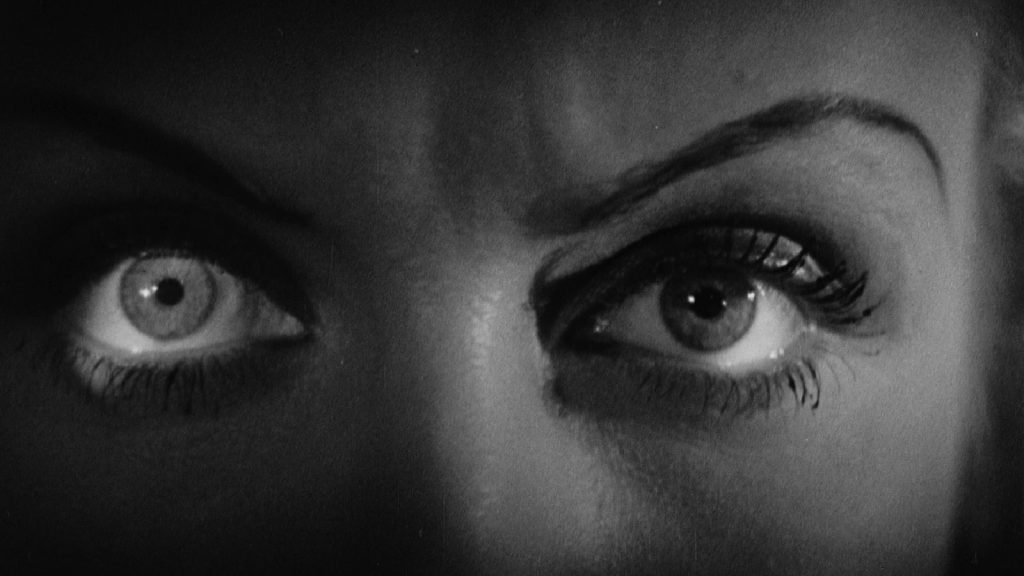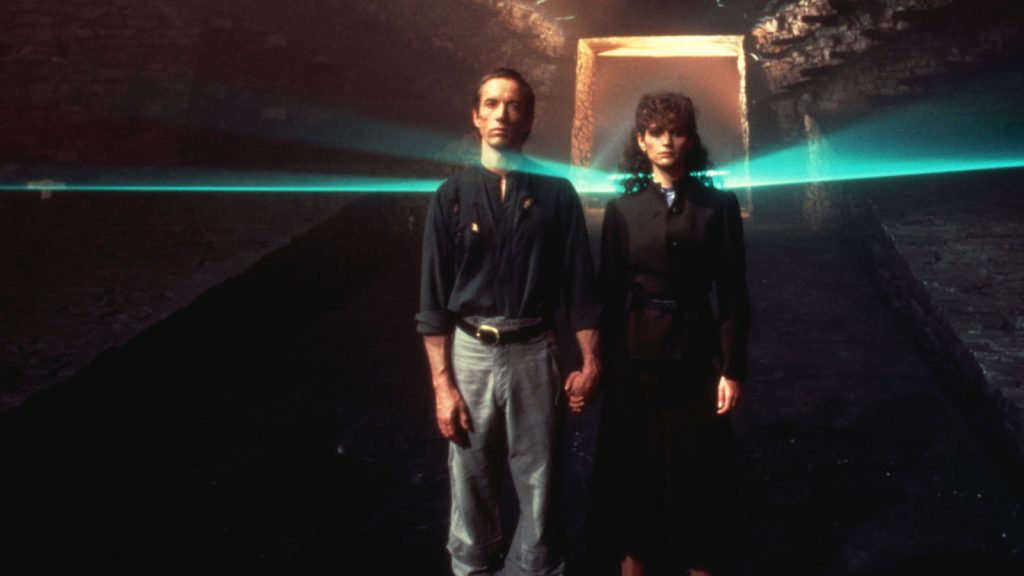
In 1966, two Moscow film students pitched a horror feature based on a classic Slavic witch tale, Nikolai Gogol’s Viy (1833). The khudsovety (artistic committees) that evaluated film proposals in the USSR scowled at the genre as catering to base instincts and superstition. But the pitch was smart, avoiding the word “horror” and working in Mario Bava’s Black Sunday (1960) as an example of foreign directors exploiting and commercializing “treasured storylines from classic Russian literature.” (Bava’s movie is loosely based on Viy—so loosely, in fact, that it has nothing to do with it.) “Our film is conceived as a direct polemic against such cheap wares,” the debut directors promised. Viy went into production.
But Konstantin Yershov and Georgiy Kropachyov came back from location shoots in Ukraine with what looked to the old guard at Mosfilm like some kind of formless hippie horror. The studio brought in a chaperon: Aleksandr Ptushko, who was pushing 70 and a living legend thanks to screen epics rich in technical wizardry and sensitive palettes—his 1935 The New Gulliver marked the world’s first puppet animation feature. Ptushko grabbed an ax and hacked wood with the set builders, threw fits at the crew, and became de facto director for much of the film, imprinting his aesthetic and nixing the shock elements the young directors had planned.
The result is a horror movie sometimes trying not to be a horror movie, and its flirtation with the genre is part of the show. Black cats, cobwebs, and creepy monsters are indulged, while the outright terrifying is avoided. Under the comfy blanketing, however, lurks a thoroughly horrific story about a seminary student beating to death a peasant girl who then lures him to her coffin to destroy him. Faithful to its source material, the movie continually hints at things more sinister than it’s willing to admit, and this quality of nedoskazannost’ (leaving unsaid) makes for an authentic Gogolian carnival.

Walking home for summer break through the Ukrainian countryside, a seminary student needs a place to spend the night. A crotchety old woman lets him sleep in her barn, only just as he’s curled up in the hay, she reappears—horny. Nikolai Kutuzov in drag creates a wonderful witch: wearing a dirty smile that won’t take no for an answer; his furrowed gray face seems dusted in five-o’clock shadow from forehead to neckline. The student backs away: “I’m fasting,” he protests, and finally, “Grandma, you’re too old.” Being a witch, she simply takes control of his body, bends him over, and—in a coded representation of rape or who knows what—mounts him, whipping his ass with a broom as they soar into the sky. The seminarian’s prayers force a crash landing in a field, but he’s been ridden hard and put away wet by an old lady, and he’s mad. The servant of God mounts the witch and begins to club her ferociously with a log.
Juniors at Orthodox seminaries carried the title “Philosopher,” and our hero is properly called Philosopher Khoma Brut. Leonid Kuravlyov gives the Philosopher an oft-bewildered face to match his bowl cut, and the body language of a high-school jock, making it clear the hag has undermined the Philosopher’s masculinity more than his Christianity. As the seminarian thrashes away, the witch’s groans of pain transform, just as in Gogol’s tale, into “delicate little silver bells that dropped into his soul.” He does a double take and sees that lying beneath him is not the old battle-ax but a beautiful country lass.
Enter Romanian-born Natalya Varley: tightrope walker turned actress, 18 years old and already a star in the USSR. She’s the very picture of innocence: spread out doll-like on the Ukrainian heath under the breaking dawn, her porcelain-perfect features bathed in a grayish-blue somewhere between life and death. “I can’t take any more,” she sighs with the voice of an angel. Philosopher Brut hightails it back to his monastery in Kyiv, but soon word arrives that the daughter of a local country big-shot is dying, having been savagely beaten by an unknown assailant. She is calling out for Philosopher Khoma Brut.
The film’s second half takes us into the country church where the father locks the fledgling priest with his daughter’s corpse, ordering him to read scripture over it for the salvation of her soul. The body doesn’t stay put for long—even the coffin soon takes flight—leading to a phantasmagoric crescendo with Ptushko’s scampering nyechist’ (“the unclean”), beings whose job it is to raise the hanging eyelids of the Viy monster so that it may find Philosopher Brut. The intensity of Varley’s stalker-corpse is so striking that you wonder whether we’re not seeing the seeds of a future life transformation: the actress later embraced the Orthodox Church and regretted her participation in the film, self-censoring Viy out of her 2018 autobiography. She wasn’t the only one with mixed feelings—the depiction of the supernatural was troubling to historical materialists and believers alike—and this was the first and last horror movie made in the Soviet Union until the country began to fray in the ’80s.

is a freelance writer and director who lived in Moscow for many years. He directed the documentary feature Stalin Thought of You.
Leningrad, 1938. The Stalinist purges are in full swing, and the secret police have set up shop in...
BY KEVIN McNEER | November 14, 2025
Planet of the Vampires is a film you haven’t seen at all if you haven’t seen it in the wee hours, with the lights off, and its hypnotic sound turned way up. This is Italian director Mario Bava’s Gothic...
BY TOM PHELAN | April 5, 2024
I recently visited Queen Hatshepsut, the model for the mummy in The Awakening and the novel it’s based on: Bram Stoker’s wild horror/fantasy The Jewel of Seven Stars.
BY KEVIN McNEER | November 9, 2024

This pre-Code offering packs a lot of story into its typically brisk running time, with several plot threads weaving together a (not always successful) tapestry of spooky and criminal doings.
READ MORE >
BY ANN OLSSON | Month 00, 2021

In what could be the fastest-resulting rape revenge movie, a drunken lout brutally forces himself on Ida, the young woman who doesn't return his affections, during a party over Labor Day.
READ MORE >
BY LAURA KERN | Month 00, 2021

Beast is a lot of movies in one package - fractured fairy tale, belated-coming-of-age story, psychological drama, regional horror film - but above all it's a calling card for its leading lady, Jessie Buckley.
READ MORE >
BY LAURA KERN | Month 00, 2021